What is Lens Fungus?
Lens fungus develops when dust particles carrying fungal spores come into contact with moisture inside a camera lens. These spores thrive in warm, humid conditions, making lens fungus a concern in regions like the UK, where frequent temperature changes can lead to condensation.
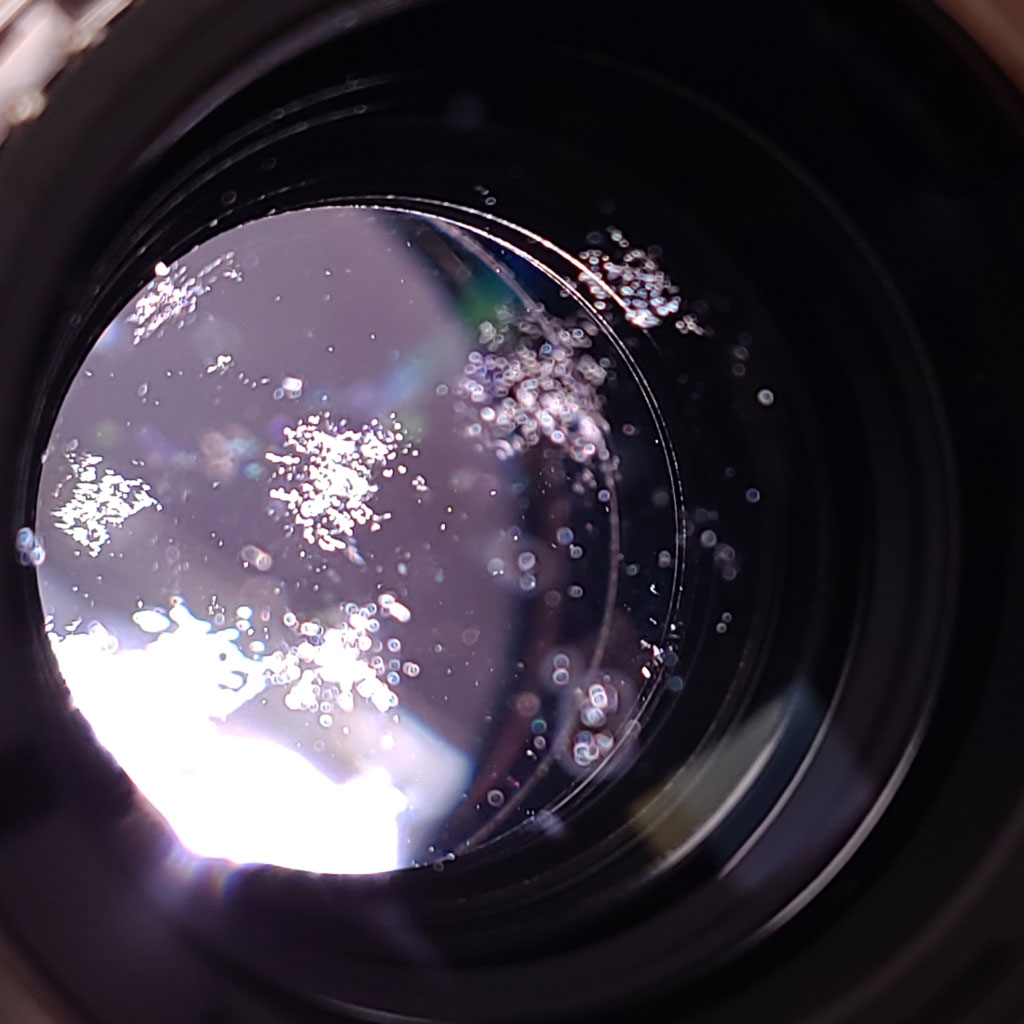
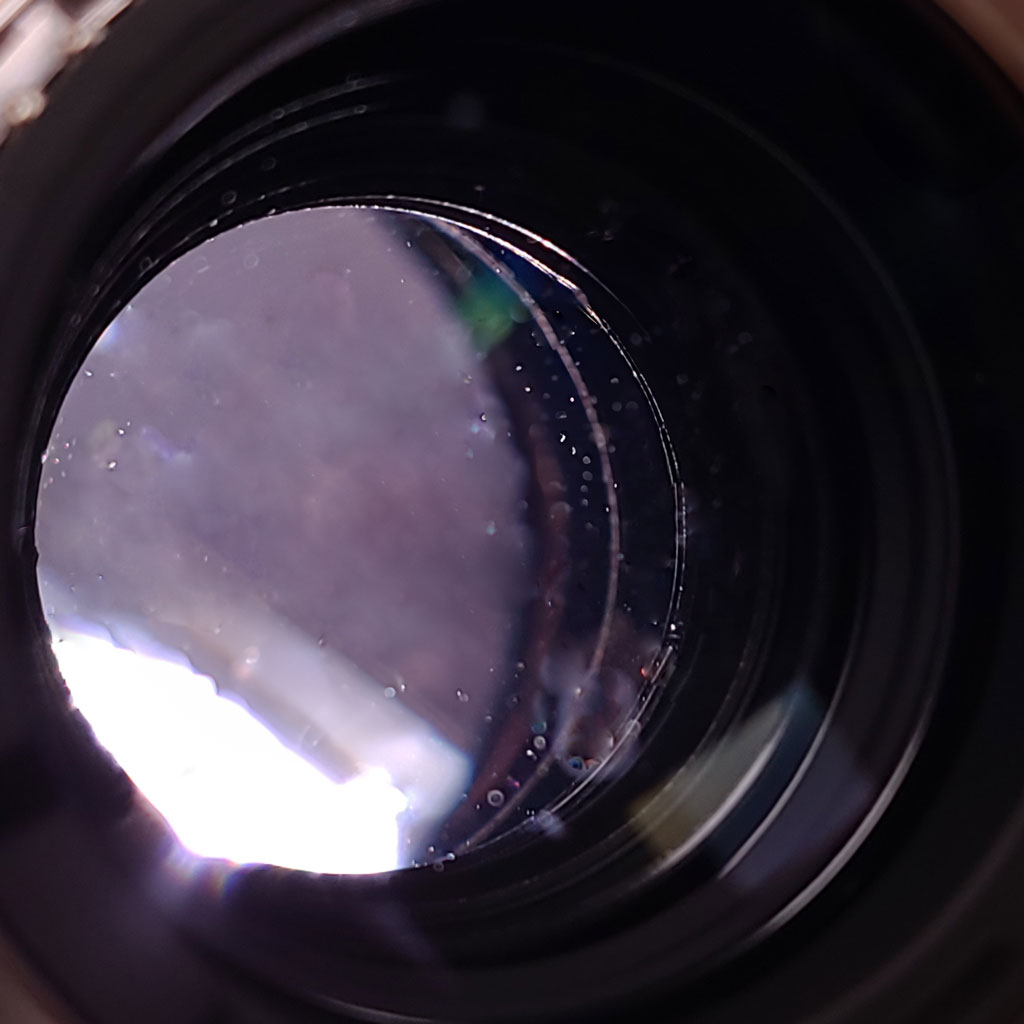
For example, moving a lens from a cold outdoor environment into a warm indoor space can create moisture inside the lens. Combined with poor ventilation and darkness often found in camera bags, these conditions form the perfect breeding ground for fungal growth.
Lenses without weather-sealing are particularly vulnerable, as they offer little protection against moisture and airborne particles. Over time, fungal growth can significantly reduce optical performance, and the fungus may even spread to other lenses, your camera bag lining, or your camera sensor.
How It Affects Your Lens:
Early Stage: Fungus starts as small web-like spots or patches inside the lens glass. This reduces brightness and contrast, and will impact the lens’s resale value.
Long-Term Damage: Over time, the fungus feeds on the organic materials in the lens coatings, causing photos to appear soft or hazy. It can permanently etch into the glass, leading to irreversible damage.
Identifying Lens Fungus
Detecting lens fungus early can save you a lot of trouble and money. Here’s a quick method to spot it:
Use a Low-Brightness Torch or the one built into your smartphone and set it to its lowest brightness. Shine the light through the lens while looking through it from the other side. This will help you spot any irregularities or fungal growth inside the lens.
Inspect for Web-like Spots or dots that don’t look like regular dust particles. These are tell tale signs of fungus developing inside the lens elements.
Be Cautious not to shine the torch directly into your eye. The increased magnification can make the light appear much brighter and cause discomfort.
Removing Lens Fungus
If lens fungus develops, it’s important to act quickly. Fungus can damage lens coatings and, if not removed properly, may permanently etch into the glass. The only effective solution is a costly optical replacement.
By following simple preventative steps, you can keep your lenses in excellent condition and free from fungus. Proactive care not only protects your investment but also ensures a better photography experience for years to come.
How to Prevent Lens Fungus:
Preventing lens fungus is crucial for maintaining your camera equipment. Here are effective strategies to stop lens fungus before it starts
Regular Use of Lenses helps circulate air within them, reducing moisture accumulation. When you use lenses, you also expose them to UV light, which can inhibit fungal growth.
Store in a Clean, Dry Place. Avoid damp areas, and consider using silica gel packets or anti-fungal products like LensDefend in your camera bag to absorb any excess moisture.
Opt for Weather-Sealed Lenses that are designed to minimize moisture ingress. These lenses offer better protection against environmental factors that can promote fungal growth.
Use LensDefend, which include silica gel and anti-fungal chips, are specifically designed to reduce moisture and prevent fungal growth. By absorbing excess moisture and creating an environment less conducive to fungi.
Clean your Camera Bag regularly and ensure that it is free from dust and debris. Fungus can spread between lenses or attach to the lining of your camera bag, leading to broader issues.
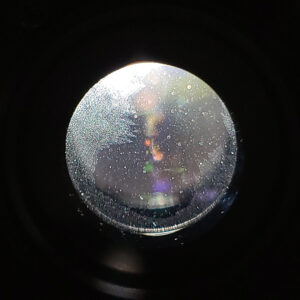
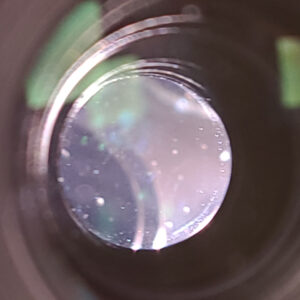
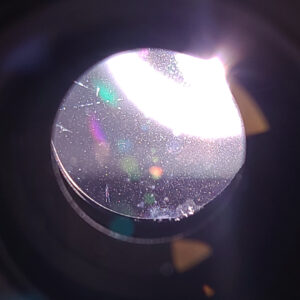
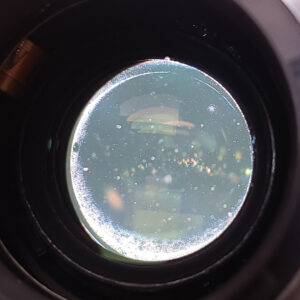
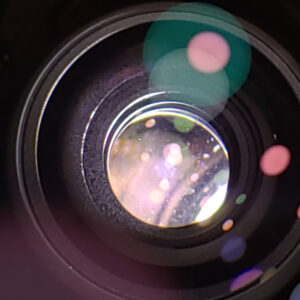
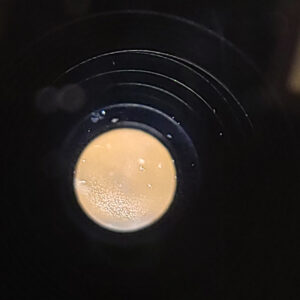
What is LensDefend?
LensDefend is a specialised solution designed to protect your valuable camera lenses from moisture and fungus. By combining high-quality silica gel with advanced anti-fungal chips, LensDefend creates a dry, protective environment inside your camera bag, helping to prevent fungal growth that can damage your lenses.
Unlike standard silica gel, LensDefend goes a step further by actively reducing the conditions that allow fungus to thrive. Whether you’re a professional photographer or a hobbyist, keeping your gear in top condition has never been easier.
When to Replace Your LensDefend Pack:
To ensure optimal protection for your valuable lenses, it’s important to replace your LensDefend anti-fungal components as they reach the end of their effective life. Here’s a quick guide on when to know it’s time for a fresh pack:
Anti-Fungal Chips from LensDefend will last around 6-12 months in normal use. Professionals who open and close their camera bags more frequently, we recommend 6 months maximum.
Silica Gel should be changed everything 6-12 months or when it becomes enlarged or changes colour. You can also refresh the silica gel in the oven at 60°C (140°F) for 1-2 hours, or microwave it on a low setting for 1-2 minutes . Ensure the gel is completely dry before placing it back in your bag.
When recharging silica gel, keep these precautions in mind:
Over Recharge: Use a baking tray, and avoided any contact with direct heat sources like a grill.
Microwave Recharging: Only microwave silica gel in short intervals and always use a low power to prevent overheating
Avoided Overheating: Overheating can damage the gel and pose a fire risk. Monitor close to ensure a safe recharging.
While no solution can offer complete protection, LensDefend is a vital part of maintaining a fungus-free environment for your lenses. For comprehensive care, please follow the other steps in this guide for a complete maintenance approach.

